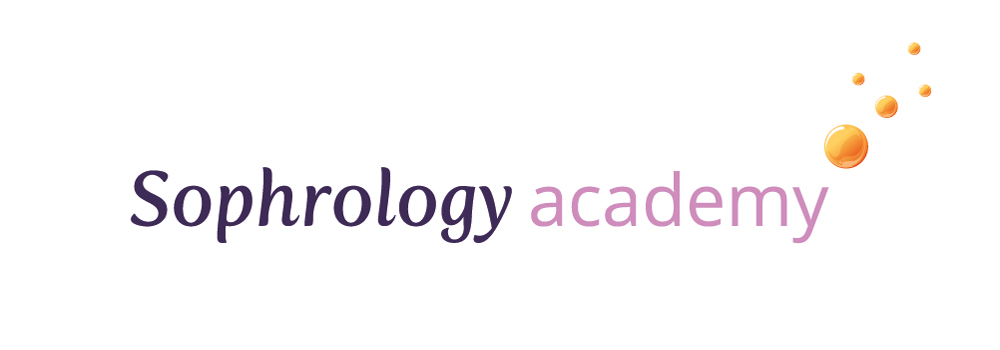Charlotte Chatfield, Audrey Zannese, Caroline Lafarge
Objectives:
Due to chronic pain being difficult to treat, pain medication being often ineffective and associated with side-effects, alternative treatments are frequently used. Sophrology is a structured method to improve wellbeing that combines Western and Eastern practices. Benefits include reduced anxiety and depression and improved sleep quality but its effectiveness on pain management is unknown. This study assessed whether an 8-week Sophrology intervention reduced pain levels and improved quality of life in UK adults with chronic pain.
Design:
A Randomised Controlled Trial comparing individuals participating in a 8-week Sophrology intervention with a waitlist control was conducted.
Methods
100 participants, recruited from chronic pain support groups, were randomised into two groups, and completed a baseline and 8-week follow-up assessment online. Scales assessed levels of pain, disability, sleep disturbances, anxiety, depression, life satisfaction, resilience, and pain medication use. Open questions were used to collect feedback on the intervention. Mixed analyses of variance were conducted to compare scores within- and between-subjects. Qualitative data were analysed using thematic analysis.
Results
17 participants completed the intervention and follow-up questionnaire compared to 26 in the control/waitlist group (CG). Compared to the CG, the intervention group displayed significant reductions in pain medication usage, rumination, magnification, depression, anxiety and disability levels, sleep disturbances, as well as a significant increase in treatment satisfaction. There was no difference in life satisfaction and resilience scores between groups.
Conclusions
Sophrology can be an effective technique in improving wellbeing and reducing pain medication usage, which has implications for chronic pain management. A larger study is needed to assess sophrology’s benefits and compare these to that of alternative treatments, as well as to explore the reasons for dropout rates.


